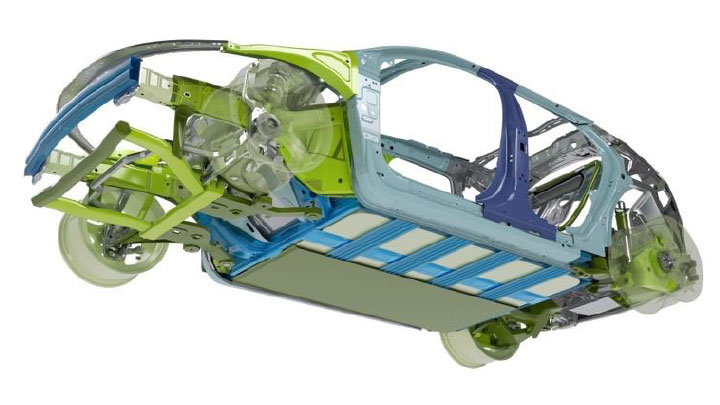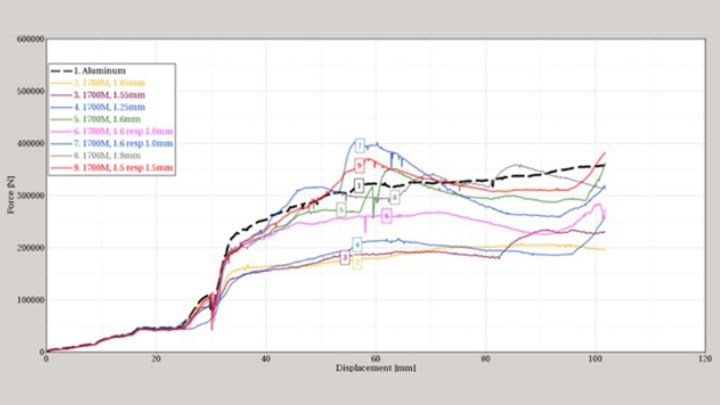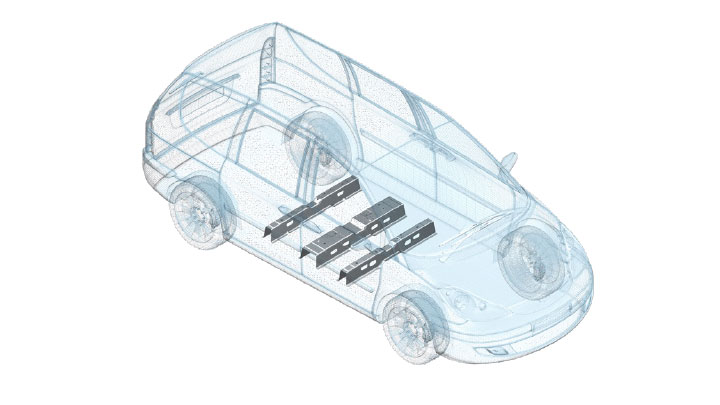EV battery crash protection using high strength steels
EV battery crash protection requires that there is no intrusion into the battery pack — a particularly demanding challenge for the side pole impact test. Optimized profiles in UHSS steels enable an EV’s battery pack enclosure, cross members, and sills to work together to transfer and absorb crash forces to ensure the integrity of the battery cells.



